The word Eucharist is based on the New Testament Greek noun εὐχαριστία (eucharistia), which means “thanksgiving” as it is used, for example, by Paul in 1 Corinthians: 11:23-24: “For I received from the Lord that which I also delivered to you: that the Lord Jesus on the same night in which He was betrayed took bread; and when He had given thanks, He broke it and said, ‘Take, eat; this is My body which is broken for you; do this in remembrance of Me.’” This is the origin for why prayers at the beginning of meals are sometimes referred to as “giving thanks.” The rite of the Last Supper, which the Church calls the Eucharist, is central to the Liturgy in the same way that Christ’s death and resurrection are central to the entire Church Year. The Eucharist is the great mystery at the absolute heart of the Christian faith, set in the context of the Incarnation. The Eucharist is the moment of the great euchatastrophe, which is the sudden turning from bad to good, the opposite of a catastrophe, which is the sudden turning from good to bad. A macrocosmic picture of the Eucharist is that of the Icon of Resurrection in which Christ raises all humanity in Adam from the dead and in smashing the gates of Hades, reopens the way back to Paradise for all mankind to eat with God at the Tree of Life. The Fall of mankind is therefore rooted in Adam and Eve’s lack of thanksgiving for God’s great provision to them in the Garden, especially in regards to the Tree of Life. Conversely, the restoration of mankind is rooted in Adam and Eve (and thus all humanity) being given a second opportunity by the Second Adam to give thanks for God’s great provision in Christ to eat of His flesh and drink His blood and thus become human in a new way like Him and able to feast again in Paradise. Thanks be to God!
Also see Eucharistic Worship, Icon of the Resurrection, and Table.
